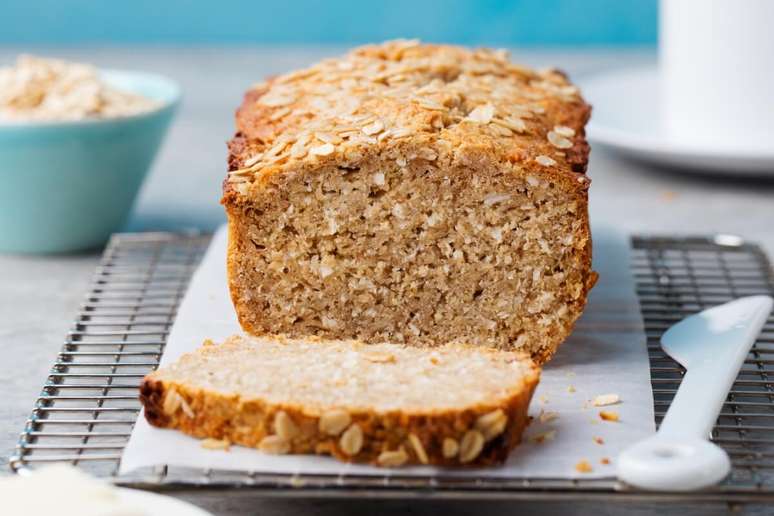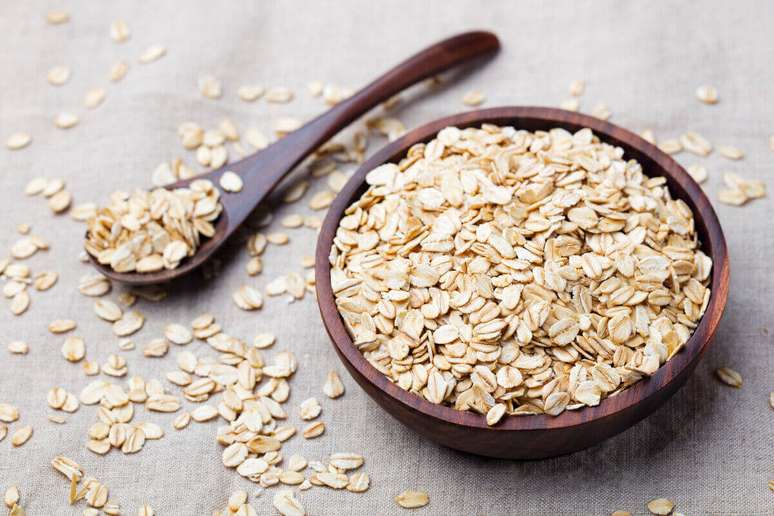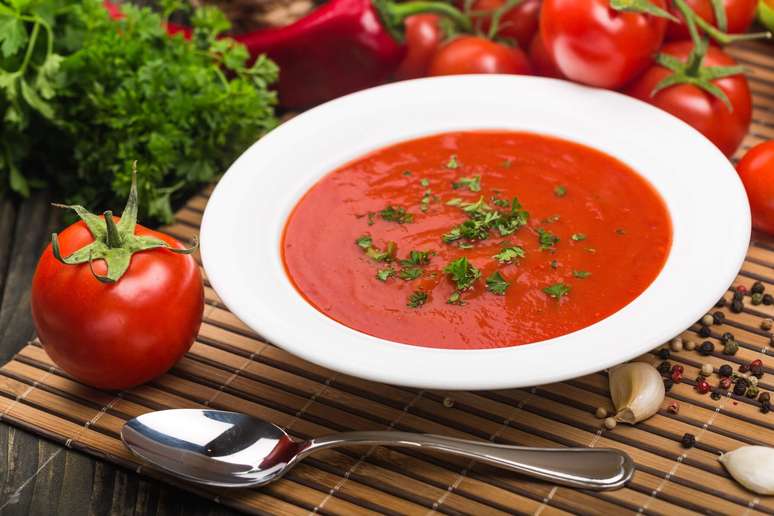By following a gluten-free diet, people with celiac disease can relieve symptoms and improve their quality of life.
Despite being little discussed, celiac disease is a very common condition, affecting about 1-2% of the world’s population, according to information from the Ministry of Health. This condition is triggered by the immune system’s reaction to the ingestion of gluten, a protein present in wheat, rye and barley.
html[data-range=”xlarge”] figure image img.img-0db94b06982e226045d8c5a518ba32e4h7kk8sbl { width: 774px; height: 516px; }HTML[data-range=”large”] figure image img.img-0db94b06982e226045d8c5a518ba32e4h7kk8sbl { width: 548px; height: 365px; }HTML[data-range=”small”] figure image img.img-0db94b06982e226045d8c5a518ba32e4h7kk8sbl, html[data-range=”medium”] figure image img.img-0db94b06982e226045d8c5a518ba32e4h7kk8sbl { width: 564px; height: 376px; }HTML[data-range=”small”] .article__image-embed, html[data-range=”medium”] .article__image-embed { width: 564px; margin: auto 0 30px; }
Classified as an autoimmune condition, celiac disease can cause significant damage to the lining of the small intestine, leading to complications and impaired absorption of nutrients.
“Celiac disease is a condition that requires special attention in diet and lifestyle. Although it can be difficult to follow a strict gluten-free diet, it is possible to live a happy and healthy life, provided you take proper care”, says functional nutritionist Cris Ribas Esperança.
Next, check out 10 Gluten-Free Foods Celiacs Should Avoid Consuming!
1. Wheat
Wheat contains a protein called gliadin, which is highly problematic for coeliacs. Ingestion of gliadin triggers an immune response that attacks the villi of the small intestine. This leads to inflammation, reduced nutrient absorption area, and symptoms such as diarrhea, weight loss, and fatigue.
2. barley
Like wheat, barley contains gliadin, which triggers the immune response characteristic of celiac disease. The consumption of barley can cause damage to the intestinal villi, impairing the absorption of nutrients and causing gastrointestinal disturbances.
3. Rye
It also contains gliadin, which causes similar reactions to wheat and barley. Rye can contribute to inflammation of the intestines and loss of nutrient absorption function, causing a variety of symptoms.
4. Malt
Generally based on barley, malt should also be avoided by coeliacs, as it can damage the intestinal villi and make digestion and correct absorption of nutrients difficult. It can be found in beer, cookies, granola bars, chocolates, and many other foods.
5. Uncertified oats
Although some studies show that oats are non-toxic for 95% of people with celiac disease, there is a small subgroup of 5% who do not tolerate it. In these few cases, avenin, a protein in oats, is thought to be responsible for activating the gluten-like immune response. Additionally, cross-contamination is a real risk during processing. Traces of wheat, barley or rye may be present oats uncertified, causing reactions in the carriers of the disease.

6. Bread and baked goods
Bread is usually made with wheat, barley or rye, all of which are high in gliadin. Conventional baked goods can aggravate celiac disease symptoms by damaging intestinal villi and impairing nutrient absorption.
7. Conventional pasta
In addition to bread, traditional pasta such as spaghettiLasagna and ravioli often contain wheat, barley or rye, all elements potentially capable of causing intestinal damage and nutrient absorption problems in celiacs.
8. Conventional cakes and desserts
Many cakes and desserts are prepared with ingredients that contain gliadin, an extremely harmful substance for coeliacs. Consuming these products can lead to gastrointestinal symptoms and inflammation in the digestive system.
9. Alcoholic beverages with gluten
Some alcoholic beverages, such as beer and whiskey made from gluten-containing grains, contain gliadin. These drinks can trigger immune responses in celiacs, causing intestinal damage and discomfort.
10. Conventional sauces and condiments
Some sauces and dressings may contain ingredients with gluten, such as wheat or barley, in the form of thickeners or flavoring agents. Ingestion of these components can trigger celiac reactions and cause intestinal damage.
Importance of looking at the packaging
Looking carefully at food packaging is essential for people with celiac disease, as gluten can be present in subtle ways in many products.
Source: Terra
Ben Stock is a lifestyle journalist and author at Gossipify. He writes about topics such as health, wellness, travel, food and home decor. He provides practical advice and inspiration to improve well-being, keeps readers up to date with latest lifestyle news and trends, known for his engaging writing style, in-depth analysis and unique perspectives.








